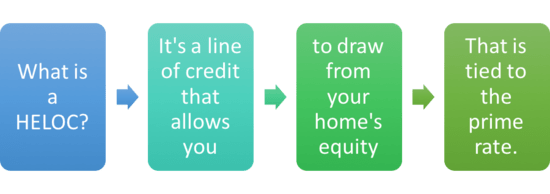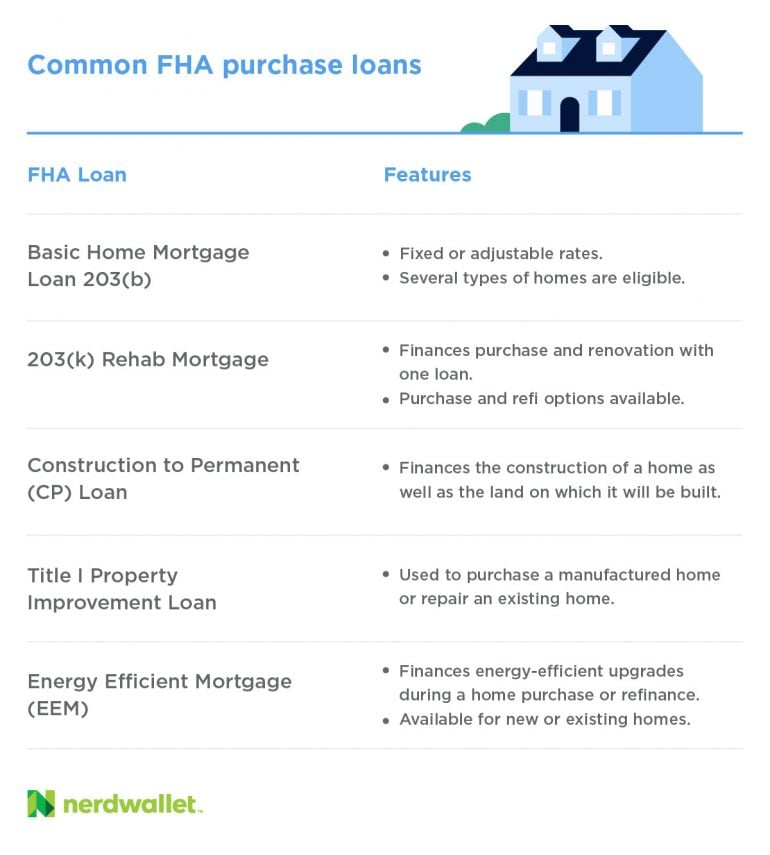In the United States, an adhering home loan is one which fulfills the recognized guidelines and procedures of the two significant government-sponsored entities in the real estate finance market (consisting of some legal requirements). On the other hand, loan providers who choose to make nonconforming loans are working out a higher threat tolerance and do so knowing that they deal with more difficulty in reselling the loan.
Regulated lenders (such as banks) might be subject to limitations or higher-risk weightings for non-standard home mortgages. For example, banks and mortgage brokerages in Canada deal with constraints on providing more than 80% of the residential or commercial property value; beyond this level, mortgage insurance is normally required. In some nations with currencies that tend to depreciate, foreign currency home mortgages are common, enabling loan providers to lend in a steady foreign currency, whilst the debtor takes on the currency threat that the currency will depreciate and they will for that reason need to transform greater quantities of the domestic currency to pay back the loan.
Overall Payment = Loan Principal + Expenses (Taxes & fees) + Total interests. Repaired Interest Rates & Loan Term In addition to the 2 standard means of setting the cost of a mortgage loan (repaired at a set rate of interest for the term, or variable relative to market interest rates), there are variations in how that cost is paid, and how the loan itself is paid back.
There are likewise numerous home mortgage repayment structures to match different types of debtor. The most common method to repay a protected home loan is to make regular payments toward the principal and interest over a set term. [] This is frequently referred to as (self) in the U.S. and as a in the UK.

Specific details may specify to different areas: interest might be calculated on the basis of a 360-day year, for instance; interest might be compounded daily, annual, or semi-annually; prepayment charges may use; and other elements. There may be legal restrictions on specific matters, and customer protection laws might specify or forbid particular practices.
In the UK and U.S., 25 to thirty years is the normal optimum term (although much shorter periods, such as 15-year mortgage, prevail). Home mortgage payments, which are normally made month-to-month, consist of a repayment of the principal and an interest element - what are the main types of mortgages. The amount going toward the principal in each payment varies throughout the regard to the home loan.
A Biased View of How To Reverse Mortgages Work If Your House Burns
Towards the end of the home loan, payments are mainly for principal. In this method, the payment quantity determined at start is computed to guarantee the loan is paid back at a defined date in the future. This gives customers assurance that by preserving repayment the loan will be cleared at a defined date if the rates of interest does not change.
Similarly, a home loan can be ended prior to its scheduled end by paying some or all of the rest too soon, called curtailment. An amortization schedule is generally worked out taking the principal left at http://www.wesleytimeshare.com/solve-timeshare-fraud-wesley-financial-group-review/ the end of monthly, increasing by the monthly rate and after that deducting the monthly payment. This is usually produced by an amortization calculator utilizing the following formula: A = P r (1 + r) n (1 + r) n 1 \ displaystyle A =P \ cdot \ frac r( 1+ r) n (1+ r) n -1 where: A \ displaystyle is the routine amortization payment P \ displaystyle P is the principal amount obtained r \ displaystyle r is the interest rate expressed as a fraction; for a regular monthly payment, take the (Yearly Rate)/ 12 n \ displaystyle n is the number of payments; for month-to-month payments over 30 years, 12 months x 30 years = 360 payments.
This type of home loan is common in the UK, particularly when related to a routine investment strategy. With this arrangement regular contributions are made to a different investment plan developed to develop a swelling amount to pay back the mortgage at maturity. This type of plan is called an investment-backed mortgage or is often related to the kind of strategy used: endowment home loan if an endowment policy is used, similarly a individual equity plan (PEP) home loan, Individual Cost Savings Account (ISA) home mortgage or pension home loan.
Investment-backed home mortgages are viewed as higher risk as they are reliant on the investment making sufficient return to clear the financial obligation. Up until just recently [] it was not unusual for interest just mortgages to be set up without a repayment lorry, with the debtor gambling that the property market will rise sufficiently for the loan to be paid back by trading down at retirement (or when rent on the home and inflation combine to go beyond the rate of interest) [].

The issue for many individuals has been the fact that no payment vehicle had actually been carried out, or the vehicle itself (e. g. endowment/ISA policy) performed poorly and for that reason inadequate funds were offered to pay back balance at the end of the term. Progressing, the FSA under the Home Loan Market Evaluation (MMR) have actually specified there must be rigorous requirements on the repayment car being used.
A resurgence in the equity release market has actually been the intro of interest-only life time home loans. Where an interest-only home loan has a fixed term, an interest-only life time home mortgage will continue for the remainder of the mortgagors life. These plans have shown of interest to people who simulate the roll-up impact (intensifying) of interest on standard equity release plans.
The Only Guide for Bonds Payment Orders, https://www.pinterest.com/wesleyfinancialgroup/ Mortgages And Other Debt Instruments Which Market Its
These people can now efficiently remortgage onto an interest-only lifetime mortgage to maintain continuity. Interest-only lifetime mortgage schemes are presently used by 2 loan providers Stonehaven and more2life. They work by having the choices of paying the interest on a month-to-month basis. By paying off the interest means the balance will remain level for the rest of their life.
For older customers (normally in retirement), it might be possible to set up a home mortgage where neither the primary nor interest is paid back. The interest is rolled up with the principal, increasing the debt each year. These plans are otherwise called reverse home loans, life time mortgages or equity release home loans (describing house equity), depending upon the nation.
Through the Federal Real Estate Administration, the U.S. federal government insures reverse home loans by means of a program called the HECM (Home Equity Conversion Mortgage) (what do i do to check in on reverse mortgages). Unlike standard mortgages (where the entire loan amount is normally paid out at the time of loan closing) the HECM program permits the property owner to get funds in a range of ways: as a one time lump amount payment; as a month-to-month period payment which continues until the debtor dies or vacates your home permanently; as a month-to-month payment over a specified duration of time; or as a line of credit.
In the U.S. a partial amortization or balloon loan is one where the amount of monthly payments due are calculated (amortized) over a certain term, however the impressive balance on the principal is due eventually except that term. In the UK, a partial payment mortgage is rather typical, particularly where the initial home mortgage was investment-backed.